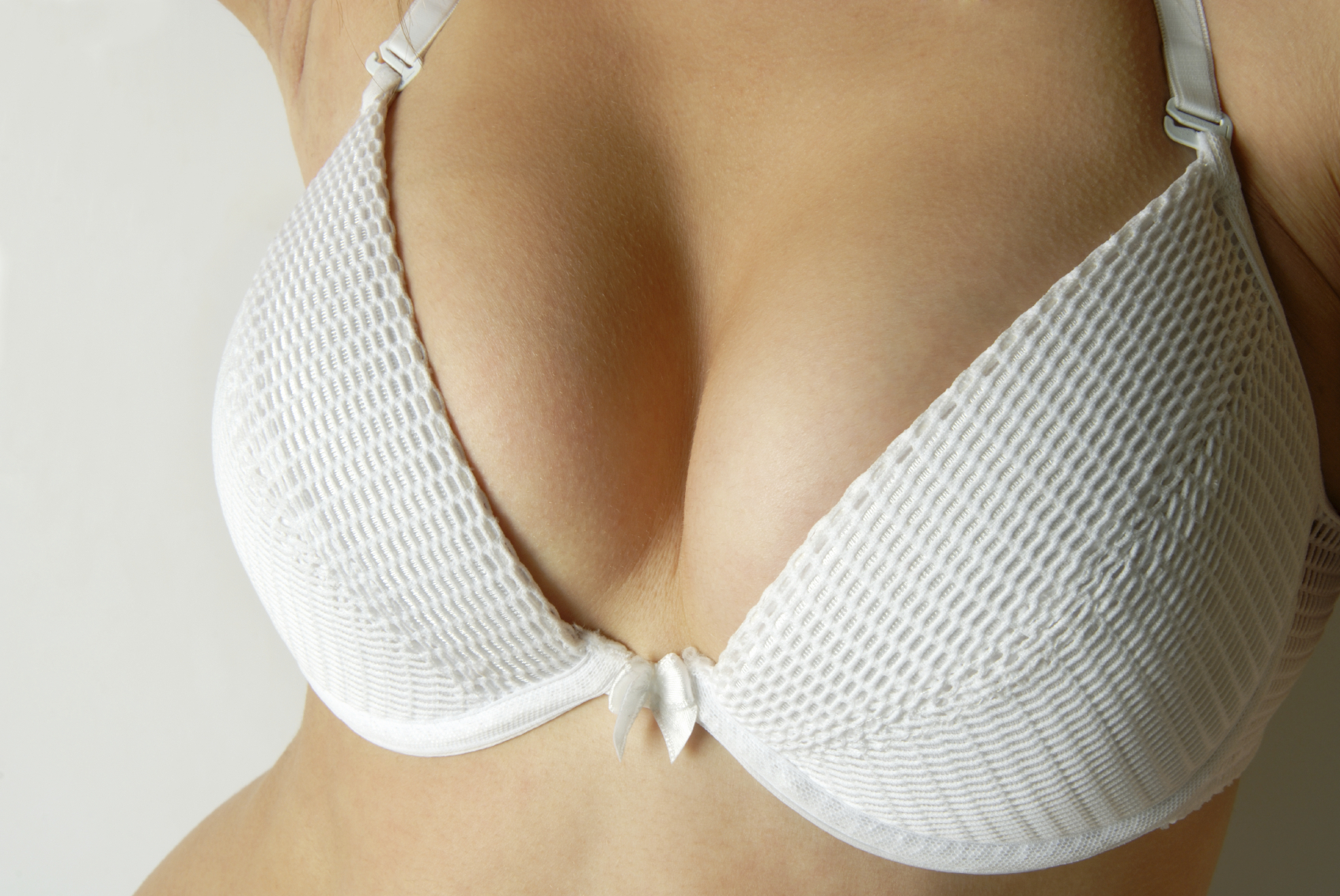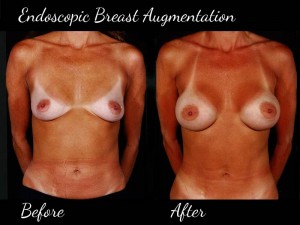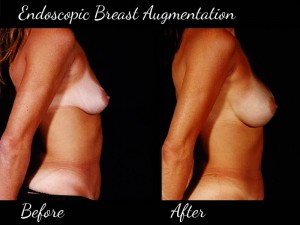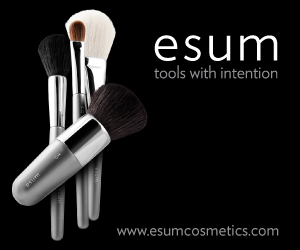The Future of Breast Augmentation – Beauty Talk with Dr. Z. Paul Lorenc and Wendy Lewis (TheKnifeCoach)

In 2010 there were over 318,123 breast enlargement procedures performed in the United States alone – either they were performed for enhancing the bust or breast reconstruction.
Most women desire bigger fuller breasts because they are either unhappy with their natural bust size, shape or have lost volume after pregnancy, breast-feeding or weight fluctuations. still other women may have battled breast cancer and Seek Breast Reconstruction.
Silicone and saline breast implants are long-term solutions for breast reconstruction or enhancing the bust. However women who underwent silicone or saline breast augmentation will need to have additional breast surgery performed IN THE FUTURE – silicone and saline implants are foreign substances and like all good things in life may require routine maintenance.
For women desiring a natural looking bust without the use of silicone gel there is another option, Fat Grafting.
But before we move on to Fat Grafting let’s revisit saline and silicone implants. Saline implants can rupture or leak, and breasts can become lopsided or deflated. Silicone implants today are made from a thicker gel making leakage rare or containable. Both forms of implants are for women desiring a more visible volume increase.
Fat Grafting can be more natural looking and more closely resembles natural breast tissue – which makes this option more appealing to many women. One or more cup sizes can be achieved in one session and Fat Grafting using your own tissue has advantages over silicone gel implants.
Fat Grafting Augmentation is performed with the removal of excess body fat from other parts of the body and then the fat is divided in half, one half is purified and added back to the other half where it is injected into the new location for desired fullness. The Fat thrives so you can have a pair of fuller breasts that feel like your own.
 I had the pleasure of interviewing Dr. Z. Paul Lorenc, a New York board certified aesthetic plastic surgeon and Wendy Lewis, aka The Knife Coach with questions formulated not covered in the research material I found regarding Fat Grafting, I hope you find this information as informative as I did.
I had the pleasure of interviewing Dr. Z. Paul Lorenc, a New York board certified aesthetic plastic surgeon and Wendy Lewis, aka The Knife Coach with questions formulated not covered in the research material I found regarding Fat Grafting, I hope you find this information as informative as I did.
Anita: Thank you Dr. Lorenc and Wendy for taking time out of your busy schedules to answer a few questions.
Dr. Lorenc: My pleasure, really.
Wendy: Thank you for including me.
Anita: What are the dangers/risks involved in Fat Grafting Augmentation?
Dr. Lorenc: The procedure involves Fat injected into the breasts to enhance breast shape and size. The particular role of stem cells, including risks, in the procedure has not yet been completely worked out.
Wendy: In the US, plastic surgeons are using autologous fat, from your own body, in breast reconstruction as well as breast enhancement. During fat grafting for breast surgery, fat from one part of the body (such as the hips or thighs via liposuction) is extracted and placed in the breasts. There is a risk that the fat will resorb and additional treatments may be needed. Although stem cells are found in human fat, the theory behind “Fat Grafting breast implants” needs further research to fully determine risks vs rewards.
Anita: How does the procedure impact a mammogram?
Dr. Lorenc: With risk of possible micro-calcification from fat injections, it could interfere with mammography. The final word is not in on that yet.
Wendy: To my knowledge, several clinical studies have addressed this issue and the impact of fat grafting of the breasts on mammography reading has been deemed safe by many plastic surgeons, although any woman considering this procedure should ask the surgeon directly.
Anita: How long has fat grafting augmentation been available?
Dr. Lorenc: 3-4 years
Wendy: Surgeons have been using fat grafting to the face, breast and body for over a century, but regenerative medicine is a relatively new concept and is widely considered the future. Adult stem cells and what they can and cannot do are a highly controversial topic in plastic surgery today.
Anita: What type of maintenance is expected after the procedure? Anything before?
Dr. Lorenc: No specific maintenance. If the blood supply is maintained, the result lasts.
Wendy: Many plastic surgeons believe that the BRAVA device should be a prerequisite for fat grafting to the breast. This vacuum operated system literally increases the capacity for the breast to receive fat by creating a larger pocket. It is thought that fat will last better and more volume can be added by using this technique. Maintenance after fat grafting to the breast may include a secondary procedure to maintain the desired volume over time.
Anita: What are the key benefits of having a Fat Grafting breast implant procedure vs. Silicone?
Dr. Lorenc: This procedure uses autologus tissue (your body’s own natural tissue) which is a benefit over a foreign body such as an implant.
Wendy: Some women prefer natural material – i.e., their own tissue – over a silicone gel implant. As this is your own tissue, there is no chance of rejection. The breasts feel soft in most cases and there it eliminates some of the potential side effects of silicone implants – as in ridges, hardness, shape, malposition, etc.
Anita: What type of research should a person do before choosing a doctor?
Dr. Lorenc: Patients should research a physician’s training, board certification with the American Board of Plastic Surgery, as well as the physician’s experience in this particular area. Patients should not be afraid to ask their physician questions.
Wendy: When seeking a surgeon to perfect fat transfer to the breast, visit www.surgery.org and www.plasticsurgery.org to determine if your surgeon is board certified. Not every surgeon is experienced in this technique so ask to see photographs of their work, and do some research on how many procedures they have performed. See at least 2-3 surgeons in consultations to find out the risks, potential side effects, and benefits of fat vs silicone gel implants for you and make sure you are a good candidate for the procedure.
Anita: Have you ever had to correct breast implants gone wrong? What had gone wrong?
Dr. Lorenc: Yes, in the case of mal-positioning, the implants would need re-positioning. In other cases, replacement of a deflated implant.
Wendy: Breast implants are medical devices and there can be complications such as capsule formation, malposition of one or both implants, firmness, asymmetries. In many cases, these complications may require a secondary procedure to correct the problem. Good resources to visit include: www.natrelle.com and www.mentorwwwllc.com – these are the two companies in the US that feature FDA approved silicone gel implants and offer women considering breast enhancement up to date information on their choices.
Anita: Have you treated celebrities, or anyone in the social media?
Dr. Lorenc: Yes, but I always maintain their privacy – my list is confidential.
Anita: Are there any doctors in SF you would recommend?
Dr. Lorenc: I have a practice in Santa Rosa
Wendy: Besides Dr. Lorenc – Carolyn Chang, Tim Marten, Usha Rajagopal, Michael Kulick.
Anita: I love Dr. Kulick, I was bitten by a brown recluse spider years ago and he was my operating doctor – getting back on track what type of person should consider breast implants?
Dr. Lorenc: Anyone who is dissatisfied with the shape and/or size of their breasts. Any woman who has lost breast volume after child-birth and breast-feeding and is experiencing ptotic breasts. Anyone who has experienced weight loss and who wants to restore fullness to their breasts.
Wendy: Breast enhancement is ideal for a woman after breast-feeding and childbirth who wants her pre baby shape back. Today women in their 40s and 50s are also interested in having breast enhancement as their shape, size and perkiness has changed over time. The rate of satisfaction is very high from this procedure. Young women in their 20s should consider this decision very carefully as they are not always well-informed about the risks. In former years, thin athletic women with minimal body fat were the most common candidates for breast enhancement. However, that has changed and women of all ages are very happy with the results that can be achieved, and can look natural and give them confidence and increase their self-esteem. It is important to remember that the bigger the implant, the more chances of problems, so it is wise to have reasonable expectations and not opt for too large implants that may not fit your frame.
The valuable lesson is to do your homework and research every aspect of cosmetic procedures, book consultations and ask plenty of questions. For more information visit implantforum.com.
Dr. Paul Z. Lorenc
2562 Round Barn Circle, Suite 320
Santa Rosa, CA 95403
707-566-6960
450 Sutter Street, Suite 2620
San Francisco, CA 94108
415-956-2550
Photos Courtesy of Dr. Paul Z. Lorenc, Google Images

















 Mylifeinbeauty.com is a San Francisco based beauty blog. My Life in Beauty.com provides readers with up-to-the-minute beauty events and trends in the world of Beauty – stay tuned!
Xoxo
Mylifeinbeauty.com is a San Francisco based beauty blog. My Life in Beauty.com provides readers with up-to-the-minute beauty events and trends in the world of Beauty – stay tuned!
Xoxo